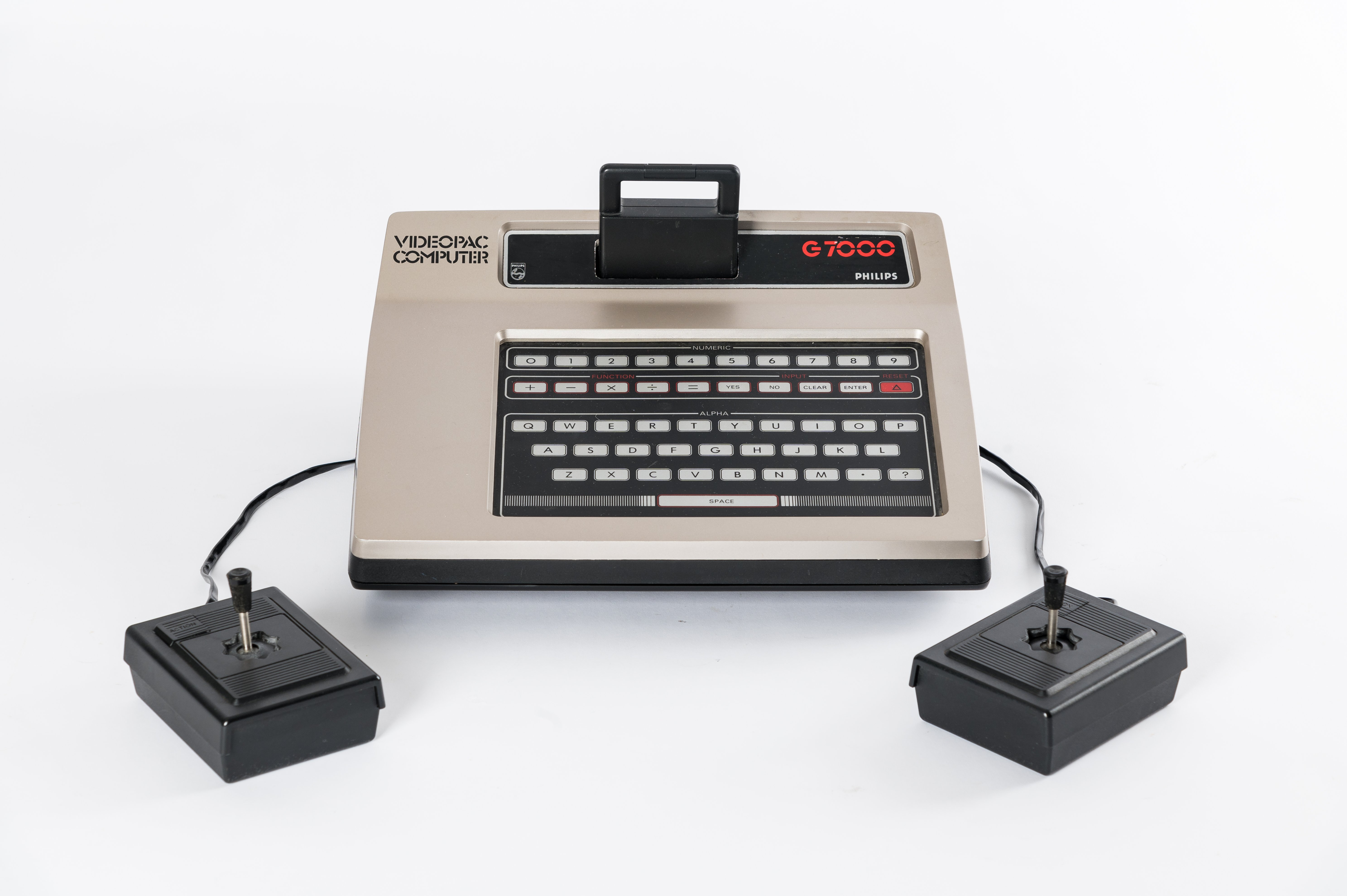Die in den USA, 1978 von Philips, entwickelte Spielekonsole „Magnavox Odyssey²“ war in Europa unter der Bezeichnung „Videopac G7000“ bis 1986 erhältlich. Nach der „Atari VCS 2600“ und der „Mattel Intellivision“, war sie, zu jener Zeit, die drittbest-verkaufte Konsole auf dem Markt.
Ausgestattet mit einem Intel 8048H Prozessor und eingebauten 64 Byte RAM, war sie für 120 – 200 US-Dollar relativ erschwinglich. Für die Tonausgabe war ein Kanal vorgesehen, während die Auflösung von 160 x 200 Bildpunkten 12 Farben ermöglichte.
Das Gerät war mit einer Folientastatur ausgestattet und besaß zwei Joysticks, die zwar Controllern ähnelten, jedoch gewöhnliche Steuerknüppel mit Feuerknopf waren, die bereits von Atari verwendet wurden. Einige Joysticks waren fest mit der Konsole verbunden, andere besaßen eigene Stecker. Philips brachte etwa 70 Spiele für die Konsole auf den Markt.
en

